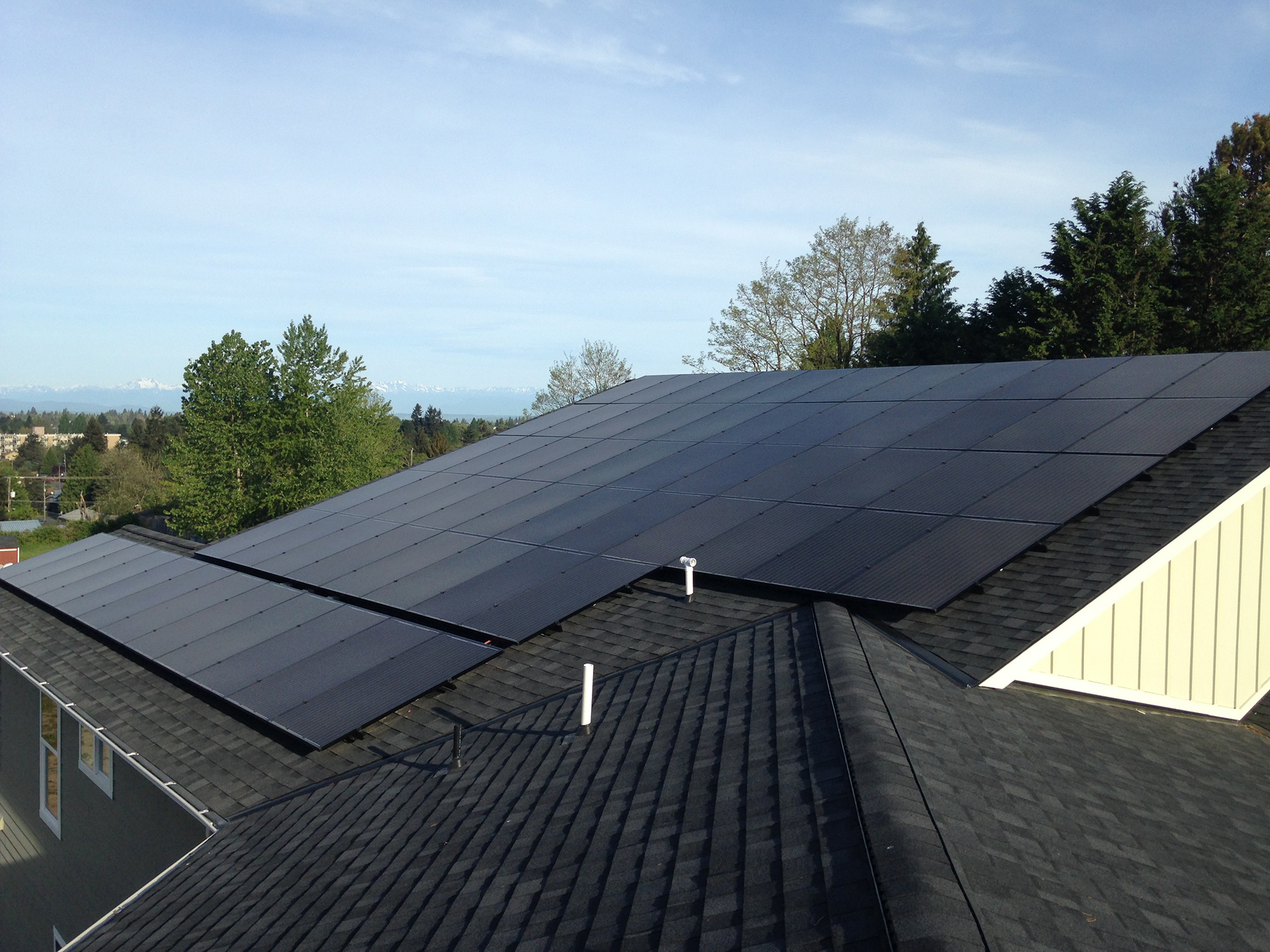
What the Move From 2.0 to 3.0 Net Energy Metering Means to the Solar Industry
A vote scheduled to take place in California on January 27 could determine the fate of the solar industry, and it has to do with a proposed law that will charge all energy customers for those who use solar power. The problem is that excess, i.e. unused, energy needs to be stored on the energy grid, and this costs the traditional energy companies the burden of the expenses – which they are looking to pass on to customers.
In this post, we’ll take a look at the negative, potentially devastating impact this situation will have on the solar industry.
The Scoop About Net Metering
Net metering allows the utility meter to spin backwards every time a customer’s solar system generates more energy than their home or business can use at any given point in time. In exchange for sending solar energy back to the grid for use by, say, neighboring customers, the customer using solar energy receives a credit on his or her electric bill. This credit then rolls over month-to-month for a full year, thus helping lower energy costs and ensuring compensation for any energy generated.
The Energy Company Fun Fact: The CPUC first introduced net metering in 2013, later amending it to the NEM 2.0 program which debuted in 2017.
The Jump From 2.0 Net Energy Metering to NEM 3.0
So how will this transition to Net Energy Metering 3.0 impact consumers and the solar world? It is expected that this update to the NEM program will better benefit IOUs, hurting consumers in the process – if the CPUC uses states like Hawaii and Nevada as examples, it can be assumed that the value of exported energy will be drastically reduced.
From the research we’ve garnered, energy storage attachment rates with solar are already steadily rising in the Golden State, and by the time NEM 3.0 starts rolling out, our energy experts anticipate these storage attachment rates will likely escalate further. It would come as no surprise to see future energy storage rates in California mimic those in the current Hawaiian market, which are in excess of 80-percent for certain types of applications and customers.
Further, some experts we’ve spoken to agree that NEM 3.0 will erode solar value, make batteries essential and weaken grid flexibility in California. Homeowners with solar attached to the grid could also face monthly charges as high as $75 per month, with Bloomberg NEF estimating the change would extend battery-less solar system payback periods to 11 years, up from six to eight years.
Commercial Applications and the Bottom Line
Commercial customers in this scenario would be charged “grid benefits charges,” which equates to a monthly plan based on the size of a system; for example, PG&E territory, a 750 kW system, would pay $5,595 a month, and an agricultural system sized at 500 kW would pay $4,805 a month.
Bloomberg NEF’s forecast for solar installations in the state would shrink if the currently-proposed rule passes – even if the federal solar tax credit is extended another decade.
To learn more about the 3.0 Net Energy Metering situation and the outcome of the vote (or to learn all there is to know about solar panels), contact The Energy Company, the kind of solar panel installation San Diego has been waiting for, at (888) 503-0805.

